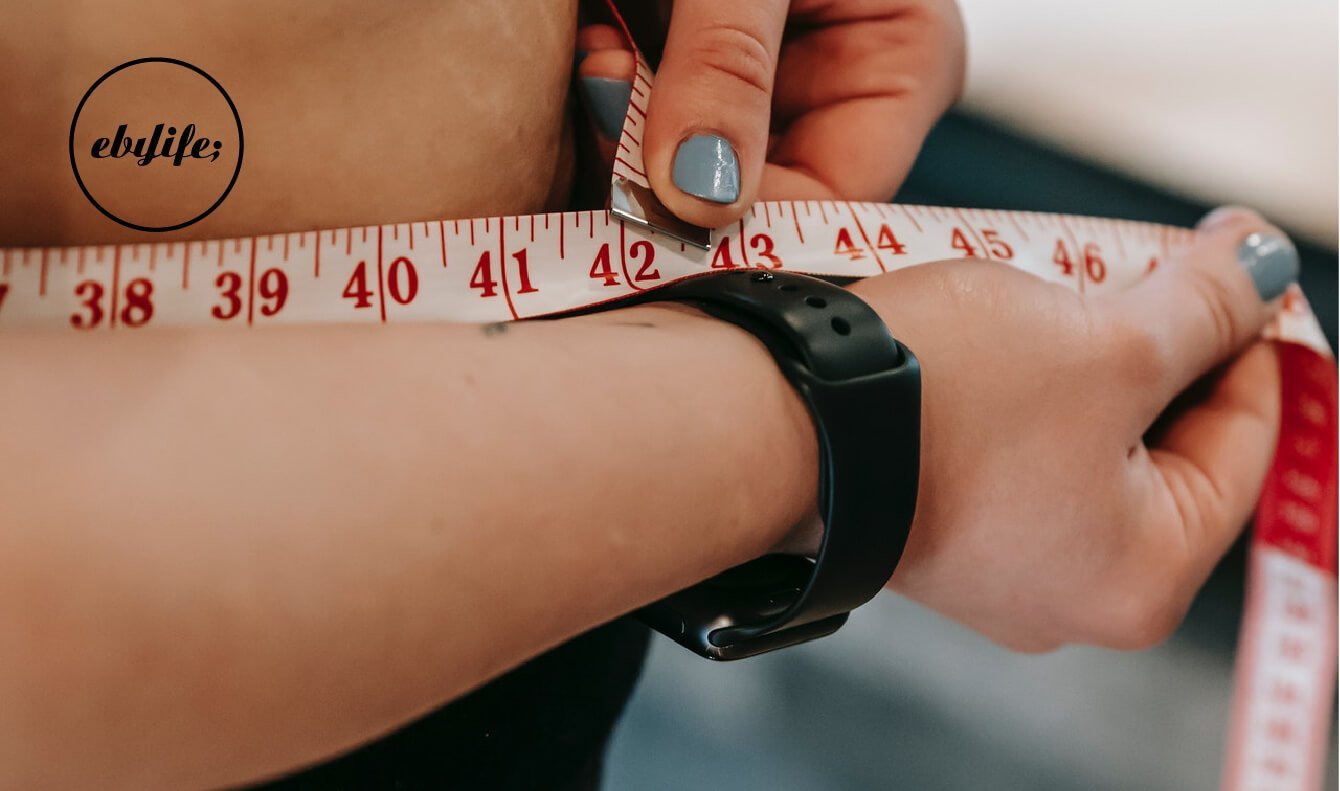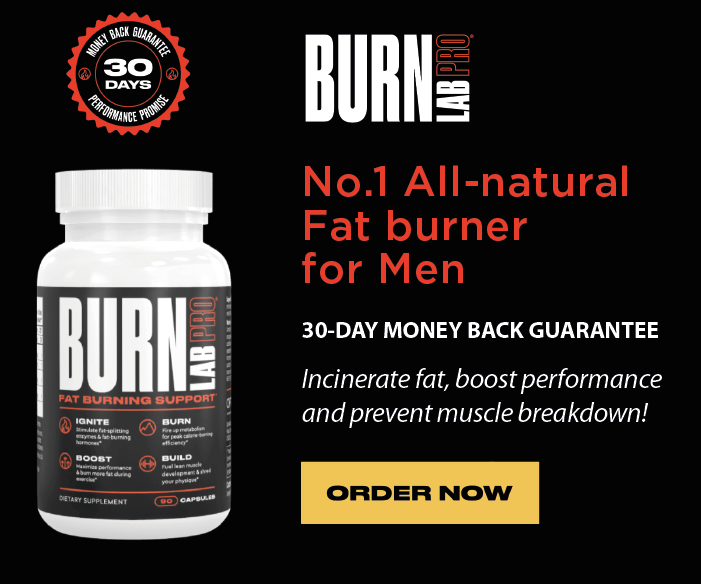How to lose the last 10 pounds of stubborn body fat
By Martin Ebner (updated 2 August 2021)
You've been eating clean, training hard and until recently were on course to reach your final weight loss goals, only to have it all come to a frustrating standstill. Sound familiar!?
Unfortunately, the last few pounds are always the most stubborn and the hardest to lose. The good news is, you are likely leaner than you were before so well done you. The bad news is, your reduced body weight now requires fewer calories to get you through the day.
Before we get stuck into how to lose those final pounds of stubborn body fat, let’s first work out how many calories you need to a.) Maintain your current body weight and b.) to reach your weight goal. Your struggles to lose those last few pounds could be a simple case of getting the numbers wrong and eating too much.
To work out your maintenance calories, take your weight in kilos and multiply it by 27-30. For every decade over 30, reduce that figure by 100 calories. Example: A 40-year woman that currently weighs 65 kilos would require around 1655 calories to maintain her weight (65 x 27 - 100).
To work out how many calories you need to reach your ideal weight, take your maintenance figure and reduce it by 500 calories per day for every pound you aim to lose per week. Using the example above. The 40-year woman currently weighs 65 kilos and has the goal of reaching 60 kilos in 12 weeks. In order for her to lose 1 pound per week and reach her goal, she needs to create a calorie deficit of 500 calories per day through diet and exercise. Her weight loss figure should be around 1150 calories per day.
If you’ve done the math and you’re still convinced that you aren't consuming too many calories, don't panic. Sometimes all it takes to lose those final stubborn pounds of body fat is a few small tweaks to your diet and exercise routine. Here what to do:
Do HIIT (High-intensity interval training)
I've said it before and I'll continue to say it over and over again. If you're not already doing some form of high-intensity interval training, you should be. Not only does HIIT burn more calories than conventional cardio in less time, it also activates what is called EPOC (Excess Post-Exercise Oxygen Consumption) or the “after-burn” effect. This keeps your body burning calories for up to 24 hours following your session as it looks to recover oxygen to pre-workout levels.
Related article: HIIT vs Long distance cardio for fat loss
Train fasted
It's time to rise and run, sunshine! Fasted cardio is all the rage and if any of its fat-burning claims are to be believed, it's little surprise it’s become so popular. When you exercise before breakfast or in a fasted state, your body becomes an expert at burning fat for energy. When your tank is empty and your body is depleted of its primary sources of energy, glucose and glycogen, the body has little choice but to look elsewhere for fuel. It does this by breaking down and converting fat to fuel to help you power through your workouts. While working out on an empty stomach isn’t ideal for everyone, if you can stomach it, it can be a great way to kick start your metabolism.
Related: Fasted cardio: What is it? Is it best for fat-burning? and is it right for you?
Experiment with a Fat burner
Fat burners alone are not the key to weight loss. However, when combined with a healthy diet and well-executed training routine, they can be a great help and promote fat loss.
Try moderate-intensity steady-state cardio
While HIIT can be a great way to promote EPOC, moderate-intensity steady-state cardio is still my go-to when it comes to all-around fat burning. When we exercise at a moderate intensity (around 70% of our Max Heart Rate), we enter what’s aptly named the fat-burning zone. This is when fat becomes our body's primary fuel source.
Note: For an added fat-burning boost, try doing your cardio Fasted, first thing in the morning and with an all-natural stimulant-free fat burner like Burn Lab Pro for men or Hourglass for women.
Portion control
If your dinner plate resembles that of a Las Vegas-style all-you-can-eat buffet, we may have found your problem. When we overeat, our bodies struggle to digest the large quantities of food. What we can't immediately use for energy is either stored as glycogen in the liver and muscles for later (Best scenario) or stored as fat (the most likely scenario). The easiest way to prevent weight gain is to reduce your portion sizes and to eat little and often. Instead of 3 big meals, divide it out over 5-6 portion-controlled meals.
Pay attention to food packaging
Just because something is labeled low fat, low carb, organic or vegan, doesn’t mean it’s beneficial to your weight loss goals. Food and drinks companies spend billions every year tricking consumers into believing that their products are healthy. In most countries, the law commands that food and beverage companies list their food’s ingredients in order of prominence. If near the top of the list you find it contains glucose, fructose, galactose, sucrose, maltose, and/or lactose, it’s all sugar and should probably be avoided.
Related: How to read food labels
Don’t drink your calories
On average we consume around 20% of our calories from drinks. Scary isn't it. Fizzy drinks, giant frappuccinos, fruit juices and cocktails all share one thing in common; loads of calories. To make sure the content of your cup isn't preventing you from losing those final few pounds, swap your giant latte for a small skinny equivalent, choose sparkling water over fizzy drinks, eat a piece of fruit instead of drinking fruit juice and if you can't bear the thought of a booze-free lifestyle, opt for vodka or gin with a diet mixer over cocktails, beer and wine.
Related article: Can you drink alcohol without gaining weight?
Eat More Fiber
Soluble fiber is not only extremely good for your health but it’s also a very powerful natural appetite suppressant. The following foods are jam-packed full of the power weight-loss aid.
Fruits: apples, bananas, oranges, strawberries, raspberries and mangos.
Vegetables: carrots, beets, broccoli, Brussel sprouts, collard greens, swiss chard, artichokes and potatoes.
Beans and legumes: garbanzo, kidney, lima, pinto, peas, soybeans (edamame) and lentils.
Whole-grain bread and grains: Seven-grain, dark rye, bulgur wheat, brown rice, wild rice, and barley.
Nuts and seeds: sunflower and pumpkin seeds, pistachios and almonds.
Sleep more
Now we’re talking! Sleep is an essential part of a healthy lifestyle and a key factor in weight loss. If you sleep less than 6-7 hours a night, Leptin, the hormone responsible for making you feel satiated, becomes depleted, while Ghrelin, the hunger hormone is increased. As if you ever needed another reason to sleep more. If you need a little help nodding off, check out Performance Lab sleep
Related: How sleep affects athletic performance
A final word
Weight loss is never easy, especially when it comes to losing those final few pounds of stubborn body fat. However, with effort, commitment, patience, consistency and by using some of the tips above, you too can achieve your ideal weight loss goal.
Note: If despite your best efforts to lose weight you don’t see any results, it may be worth considering a visit to your doctor to make sure there’s nothing preventing you from losing weight.


